Packing Guide
Moving houses can be a very exciting time for you and your family, however it can also be a consuming activity, taking up months of time packing away all your belongings and putting them into storage while waiting for the move to take place. Packing materials are the last step in the process apart from the actual packing that takes place. Before packing up your belongings and storing them away, it’s a good idea to see how you can make your packing more efficient.
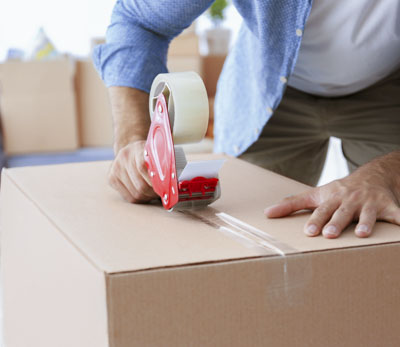
Moving Boxes & Packing Boxes
They are one of the most common forms of storage and packing. They are able to be stacked on top of each other and put into categories while storing a great many things inside. Cardboard boxes are the more cheaper option available and are seen as the more traditional tool used to store your belongings in. Plastic storage boxes are also popular and are more sturdier than the cardboard boxes and some have wheels so that you don’t strain your back trying to lift them.
Storing Small, Light Things in Empty Spaces
Some pieces of your furniture will have a lot of empty spaces such as chests and other drawers. You can utilise these spaces by filling them with linens and towels as well as smaller trinkets and other knick knacks. You can even use the space inside microwaves and ovens so that you don’t have to use more boxes than you can obtain. You also take up less storage space if you only have so much room for your belongings if you choose to double up on your furniture functions.

Labels
This step will save you so much time and energy in the long run. Far too many forget to label their packing boxes and lose their things in a sea of cardboard and plastic as they frantically pull things out and make a clutter before finding the one thing they’ve been looking for. A simple permanent marker will usually solve this problem, however if you don’t want to mark your plastic boxes, a label maker will work just as well. Even a piece of paper stuck onto the side with the word “Toys” would work but be careful with using these as paper rips very easily and could end up adding to your clutter.
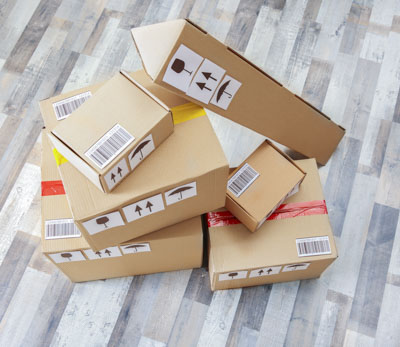
Clearly Mark the Loading Direction
Within your labelled moving boxes there might be more fragile things such as glassware and ceramics. Additionally to your labels, if might be a good idea to draw the direction that you should pick up your boxes in, so that you don’t damage any of your items by picking them up the wrong side or not as carefully as you may need to. To further this, you may also want to label the box “Fragile” so that anyone else picking up the box, including yourself, will know to be careful when moving the boxes.
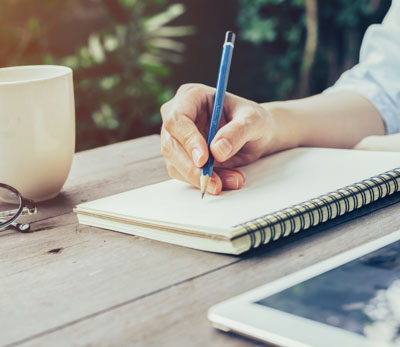
Make a List
It’s one of the first steps to do when you’re moving or storing your belongings. Take inventory of everything that needs to be stored away and make sure that you don’t leave out any details that might cause a disturbance in your storage plans. This will come in handy if you’ve got movers coming in to help put everything you’ve packed into storage or if you have multiple people helping you pack. If everyone takes inventory of the things they have packed away, a lot more can be done in a shorter time frame and it’s less for you to worry about.
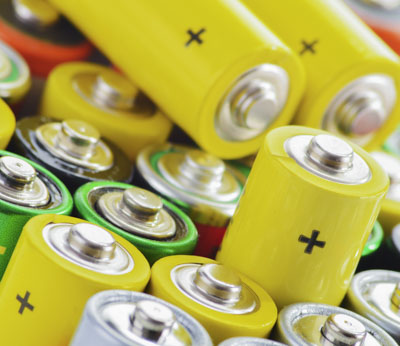
Taking Batteries out of Electronics
Electronic storage has its own process, and the first thing to do before packing them away in boxes or their original packaging, remember to take out the batteries. This way, you prevent battery frying from potentially happening and any injuries that could result from battery acid leaking from the container. Toys are often unrepairable when the acid leaks from the battery into the toy mechanisms and you don’t want to run the risk of your children playing with their toys and coming into contact with these substances.
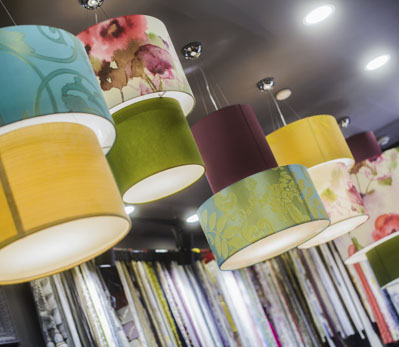
Remove your Lampshades
Lamps can take up a lot of room in storage if they’re kept in their original state of use. One thing you could do is remove the lampshades from the lamp and store them all together, stacked on top of one another. This will allow for the lamps to be placed closer together in storage and will ultimately leave more room for the rest of your belongings. Another important thing to remember is to remove the light from your lamp so that it doesn’t shatter around the rest of your stored items and leave shards everywhere. Wrap them up in newspaper or a dense cloth so that it can absorb the vibrations and shock that occurs from moving the box it’s in.
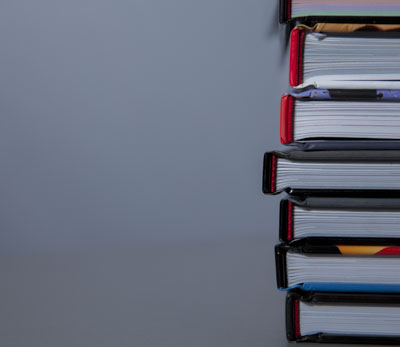
Storing your Books Horizontally
For book lovers, putting your literature into storage is a very important thing to consider. You don’t want to crease the pages or damage the spines of your hardcover books, so how do you store them? Place them flat into a box so that the spines are protected and line the box with plastic and scrunched up paper so that it absorbs the shock and pressure of the box being moved and stacked onto and between other boxes. Packing paper is one of the better materials to use since being scrunched up and protecting your possessions is what it is designed for.
If you’re looking for storage within your local area, Spacer can help you get into contact with local hosts. Choose from thousands of spaces and find the one that best suits your needs and chat with the host to hash out the details. If you’re worried about damages occurring, Spacer has you covered. Spacer offers renters up to $10,000 in insurance to cover any damages that may happen. So store away your things and pack for your space today!